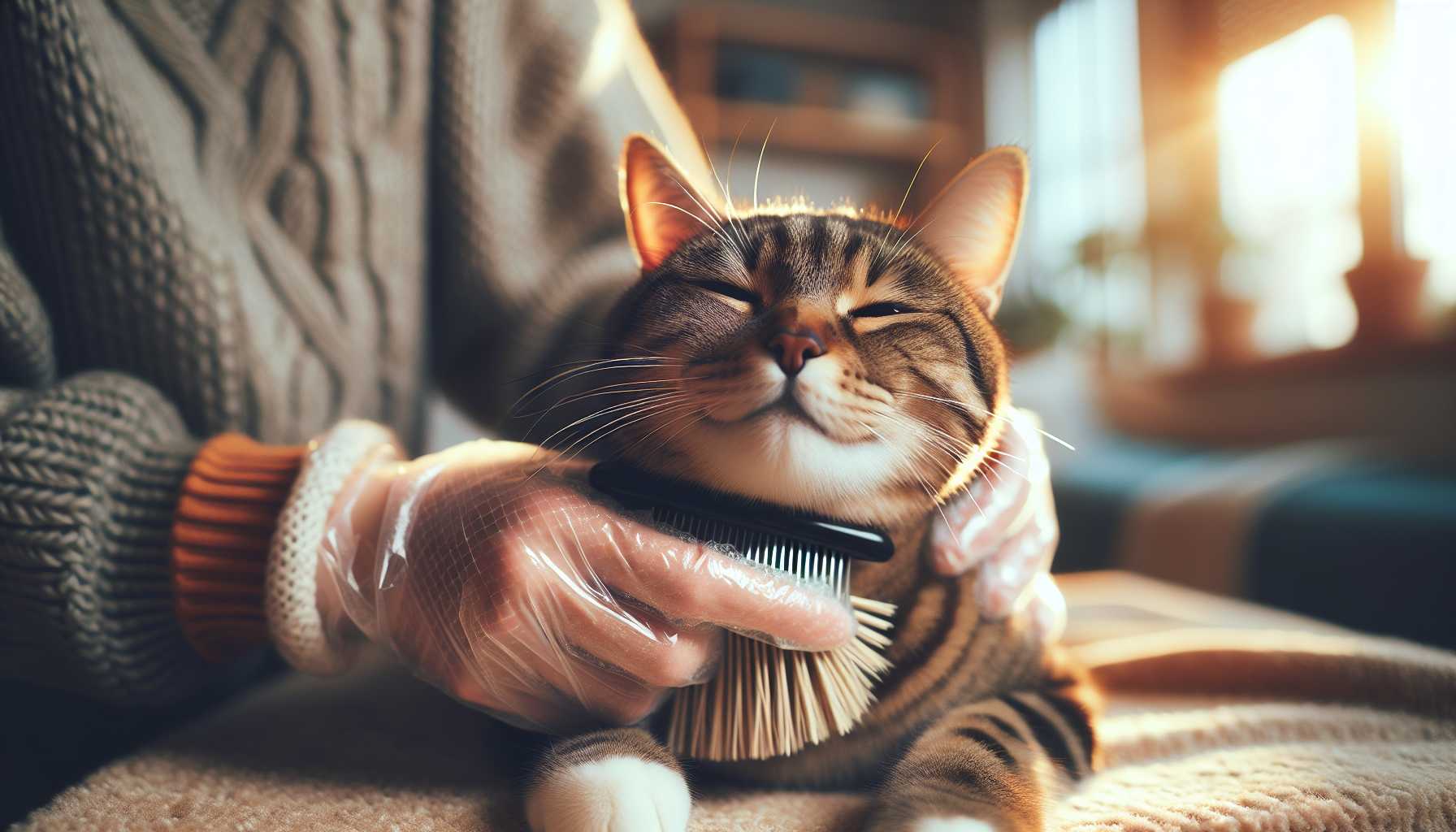Ever wondered if your short-haired feline companion really needs grooming? The answer is a resounding yes! Despite being lower maintenance than their long-haired counterparts, frequent care and attention is essential for their health and happiness. Let’s delve into everything you need to know to ensure your short-haired cat remains at its best.
Importance of Grooming Short-Haired Cats
Don’t underestimate the importance of grooming your short-haired cats. Despite their short fur, routine grooming works to:
– Eliminate loose fur and dander
– Avert hairball issues
– Identify potential skin problems early
– Enhance your bond with your cat
– Maintain the cleanliness of your home environment
Introducing a Simple Brushing Regime
Did you realize that brushing your cat can be vital? Your short-haired feline requires brushing approximately once a week. Here’s how to get it right:
– Use a soft brush or a rubber grooming glove
– Always brush in the direction of fur growth
– Keep grooming sessions brief and enjoyable (5-10 minutes)
– Reward your cat with treats and verbal praise
Mastering the Art of Bath Time
Bathing is rarely needed for most short-haired cats, unless there are unexpected accidents! When bathing does become necessary:
– Use only cat-dedicated shampoo
– Ensure the water temperature is lukewarm
– Prepare towels in advance
– Make the process fast and positive
– Thoroughly dry your cat in a warm room after the bath
Nail Care is Essential
Don’t overlook your cat’s claws! Trim your cat’s nails every 2-3 weeks:
– Use suitable nail clippers designed for cats
– Trim only the clear, white tips
– Be patient and take breaks if required
– Have treats within easy reach
Conducting a Health Check While Grooming
Leverage grooming time! While pampering your furry companion, be sure to check for:
– Distinct bumps or growths
– Skin inflammation
– Presence of fleas or ticks
– Changes in fur texture or density
– Any regions causing your cat discomfort
Ensuring Grooming Time is Pleasurable
Transform grooming into quality bonding time:
– Select a quiet, serene grooming spot
– Begin the grooming session when your cat is already relaxed
– Use tender touches and soft voice tones
– Make grooming a consistent routine
– Finish every session on a cheerful note
When to Consult a Professional Groomer
There are times when professional assistance becomes necessary. Seek help from a professional groomer if:
– Your cat shows strong resistance to grooming
– You notice any worrisome skin conditions
– You lack confidence in executing certain grooming tasks
– Your daily schedule is too packed to accommodate frequent grooming
Keep in mind that every cat is distinctive. While some felines might require extra care than others, with a little patience and tons of love, grooming can evolve into a pleasurable bonding experience for both you and your pet. Maintain a positive attitude, remain consistent, and watch your short-haired feline friend flourish!
Keen on exploring more cat care tips? You’re welcome to share your grooming stories or ask any questions in the comments section below!

